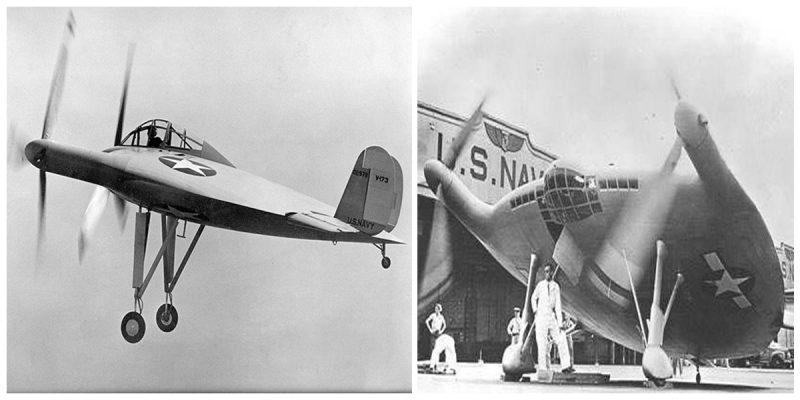The V-173 was one-of-a-kind experimental test aircraft built as part of the Vought XF5U “Flying Flapjack” World War II United States Navy fighter aircraft program.
It was created when the Navy and NACA approved Chance Vaught’s manufacture of a small scale model for wind tunnel testing.
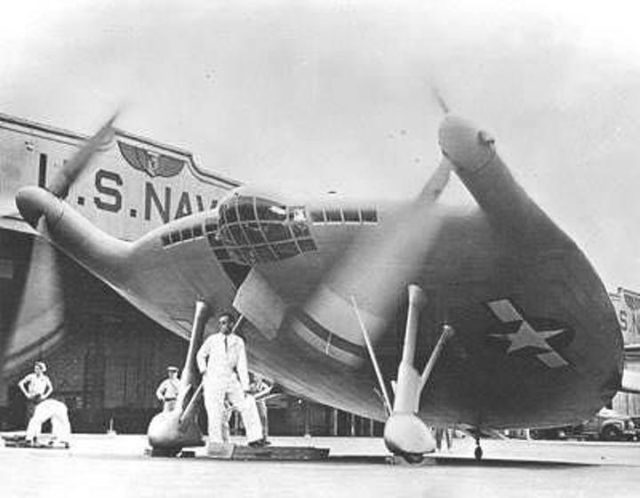
The V-172 was designed by aeronautical engineer Charles H. Zimmerman, who advocated a unique discoid aircraft layout which was a form of a lifting body that became known as a “Flying Pancake” or “Flying Flapjack”.
The original prototype was built of wood and canvas and featured a conventional, fully symmetrical aerofoil section (NACA 0015). The V-173 has a circular wing 23.3 feet in diameter and a symmetrical NACA airfoil section.
A huge 16-foot diameter three-bladed prop was mounted at the tip of each airfoil blanketing the entire aircraft in their slipstreams. Power was provided by two 80 HP Continental A-80 engines.
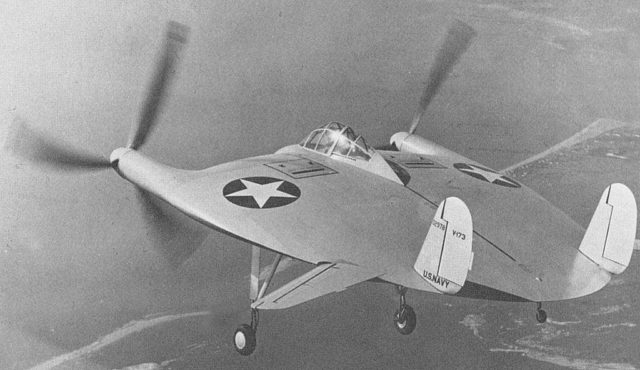
The V-173 first flew on November 23, 1942, as part of a Navy program to test the lifting capability of short, stubby wings, with Vought Chief Test Pilot Boone Guyton at the controls.
Flight testing of the V-173 went on through 1942 and 1943 with 190 flights, resulting in reports of UFOs from surprised Connecticut locals. Nearly 200 test flights later, it proved the viability of Zimmerman’s design and earned him the Wright Brothers Medal.
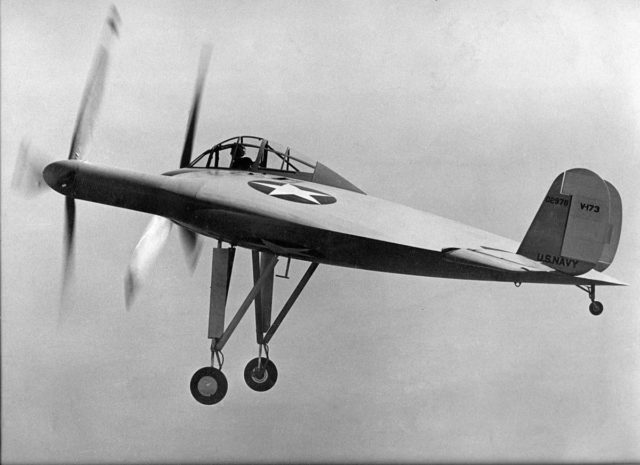
During its 131-hour test program, with massive 16.5-foot-diameter wooden propellers driven by two 80-horsepower Continental A-80 air-cooled engines, it was found that it had unusual flight characteristics and control responses, but could be handled effectively.
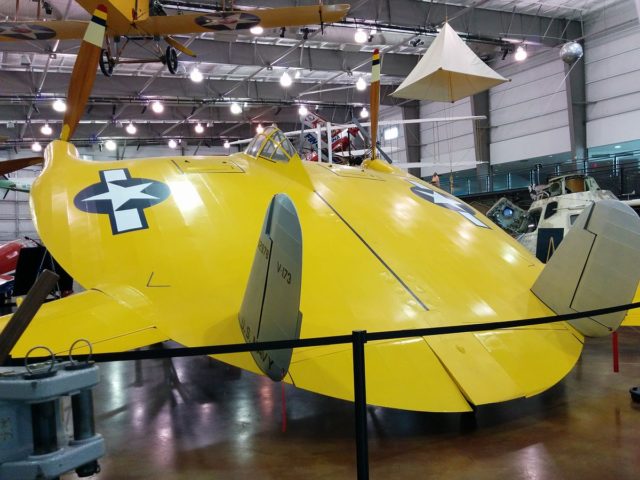
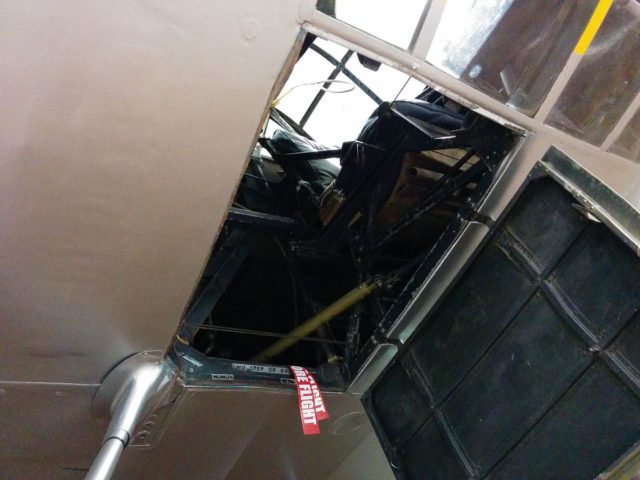
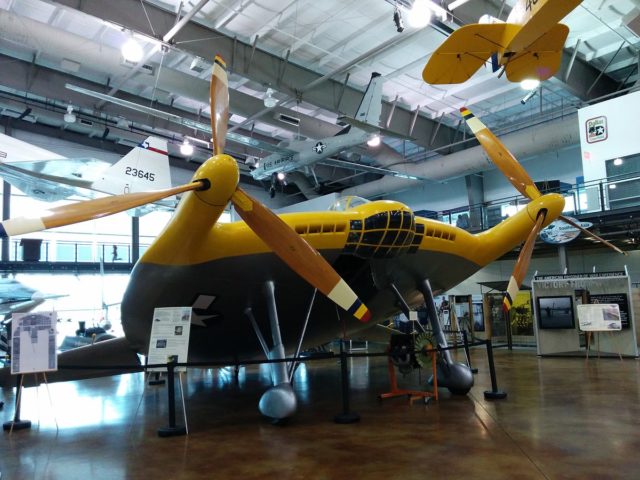
The developmental V-173 made its last flight 31 March 1947, and the Navy decided to scrap the project.
The V-173 is now part of the Smithsonian collection at the Paul E. Garber Preservation, Restoration, and Storage Facility in Silver Hill, Maryland.
It was restored at the Vought Aircraft plant in Grand Prairie, Texas before going back on display. As of April 2012, it is on loan to the Frontiers of Flight Museum in Dallas, Texas.
